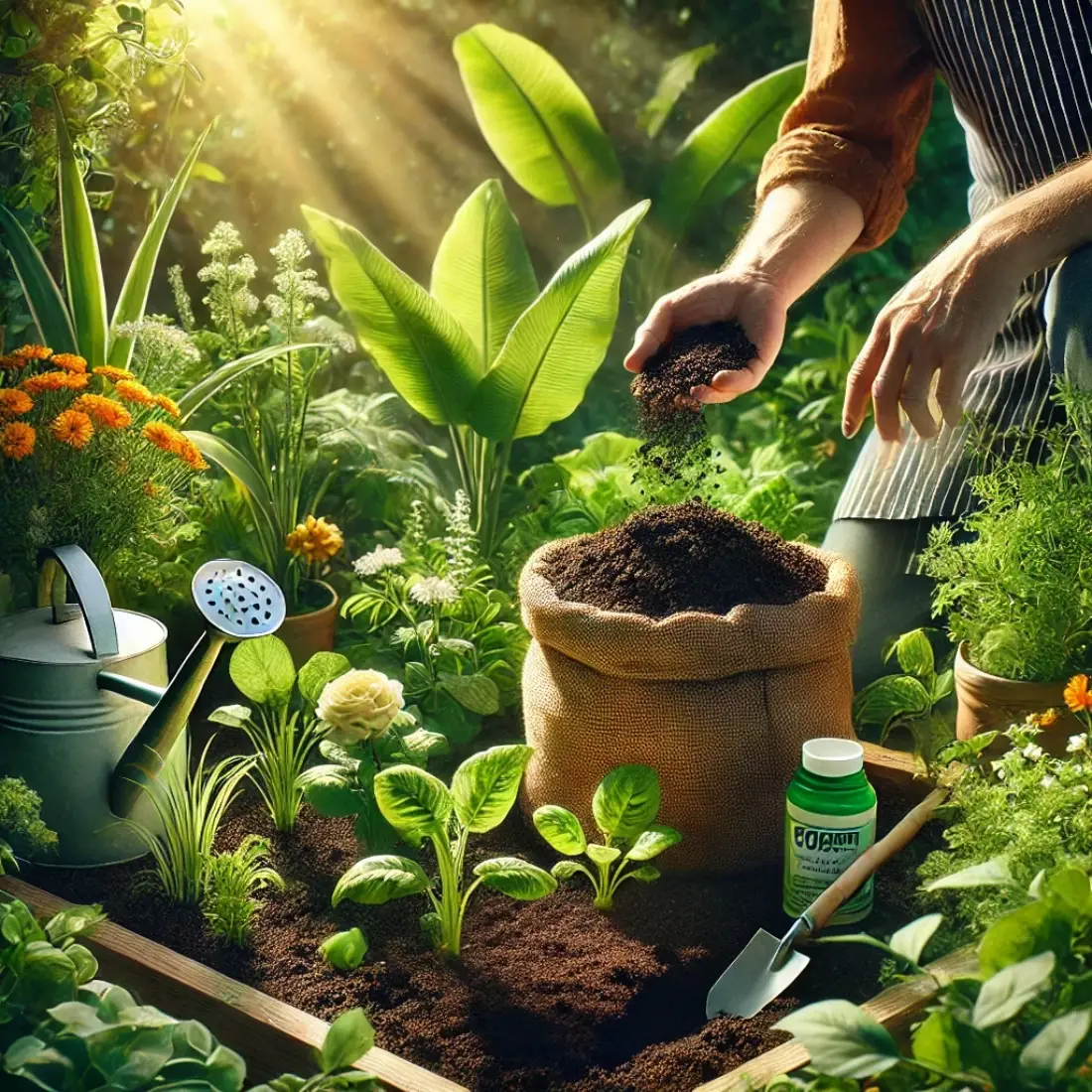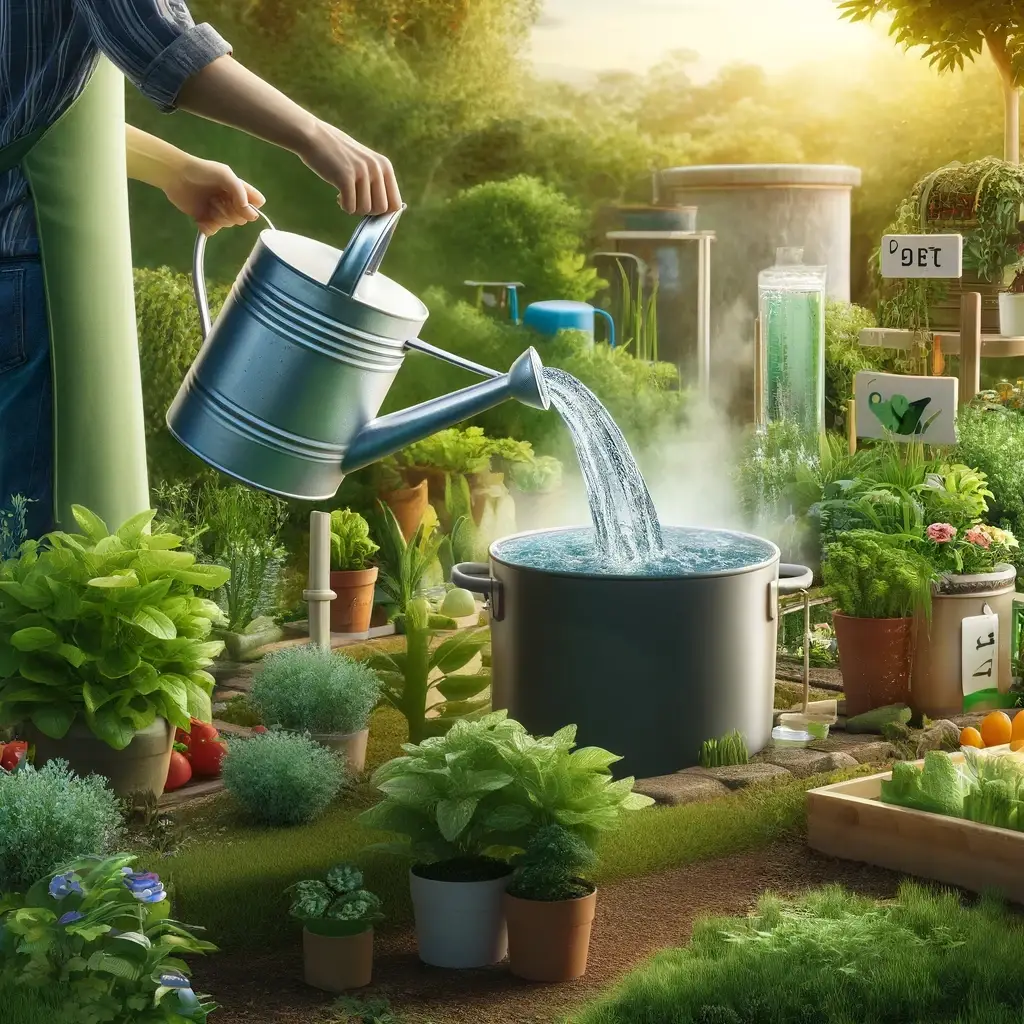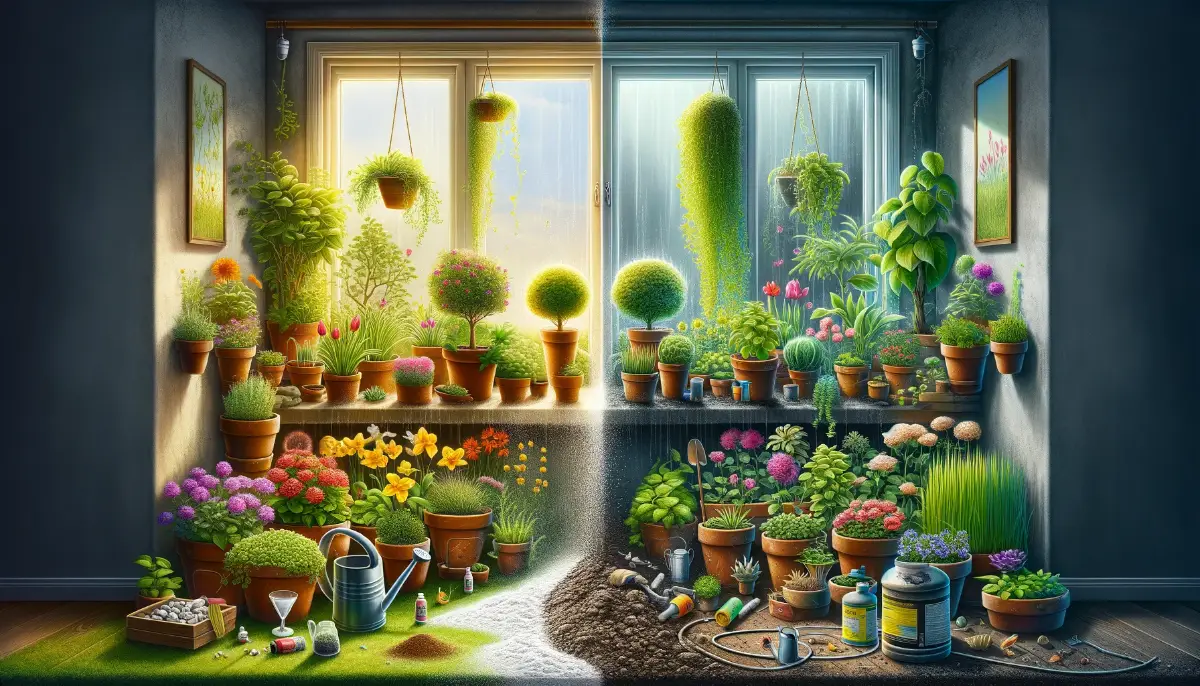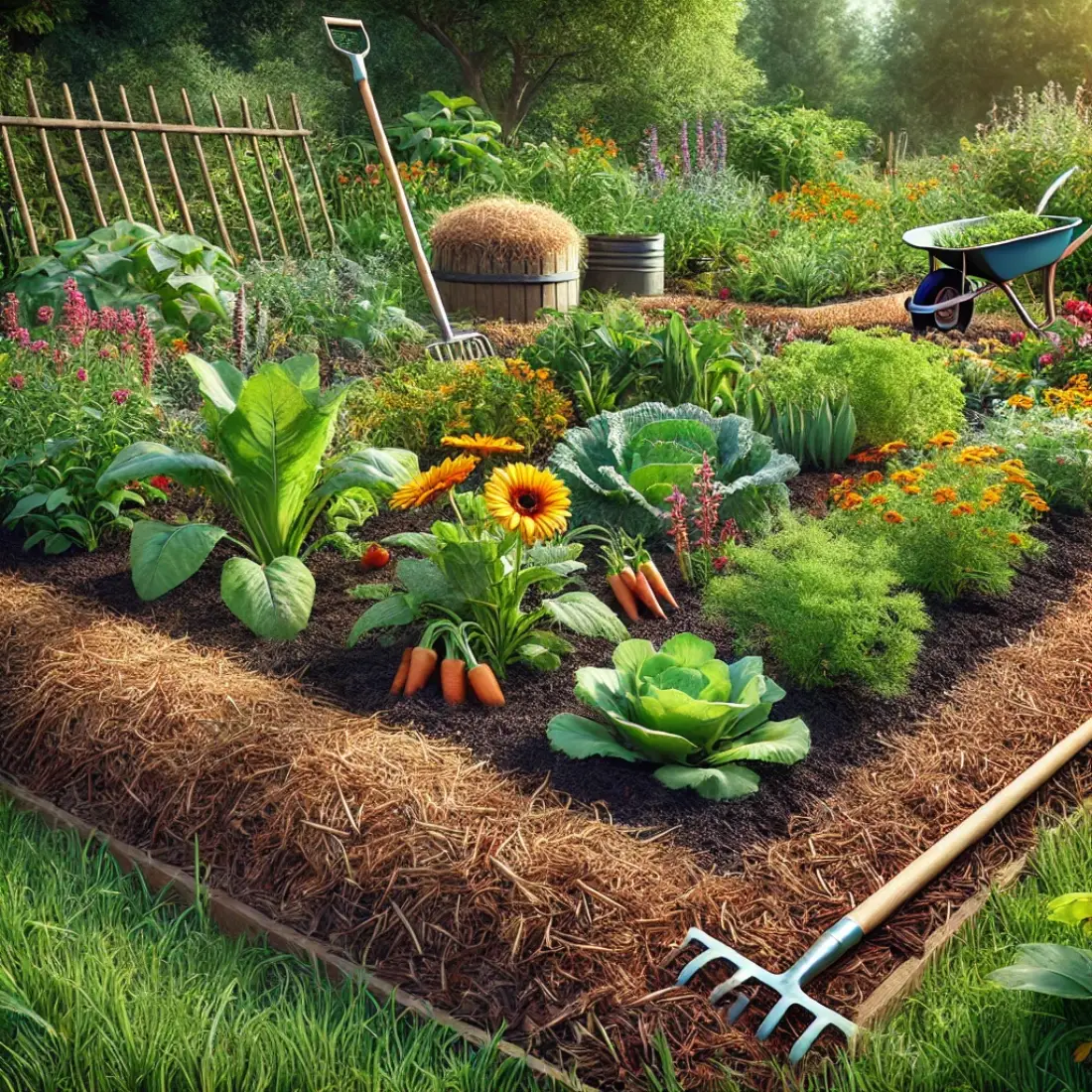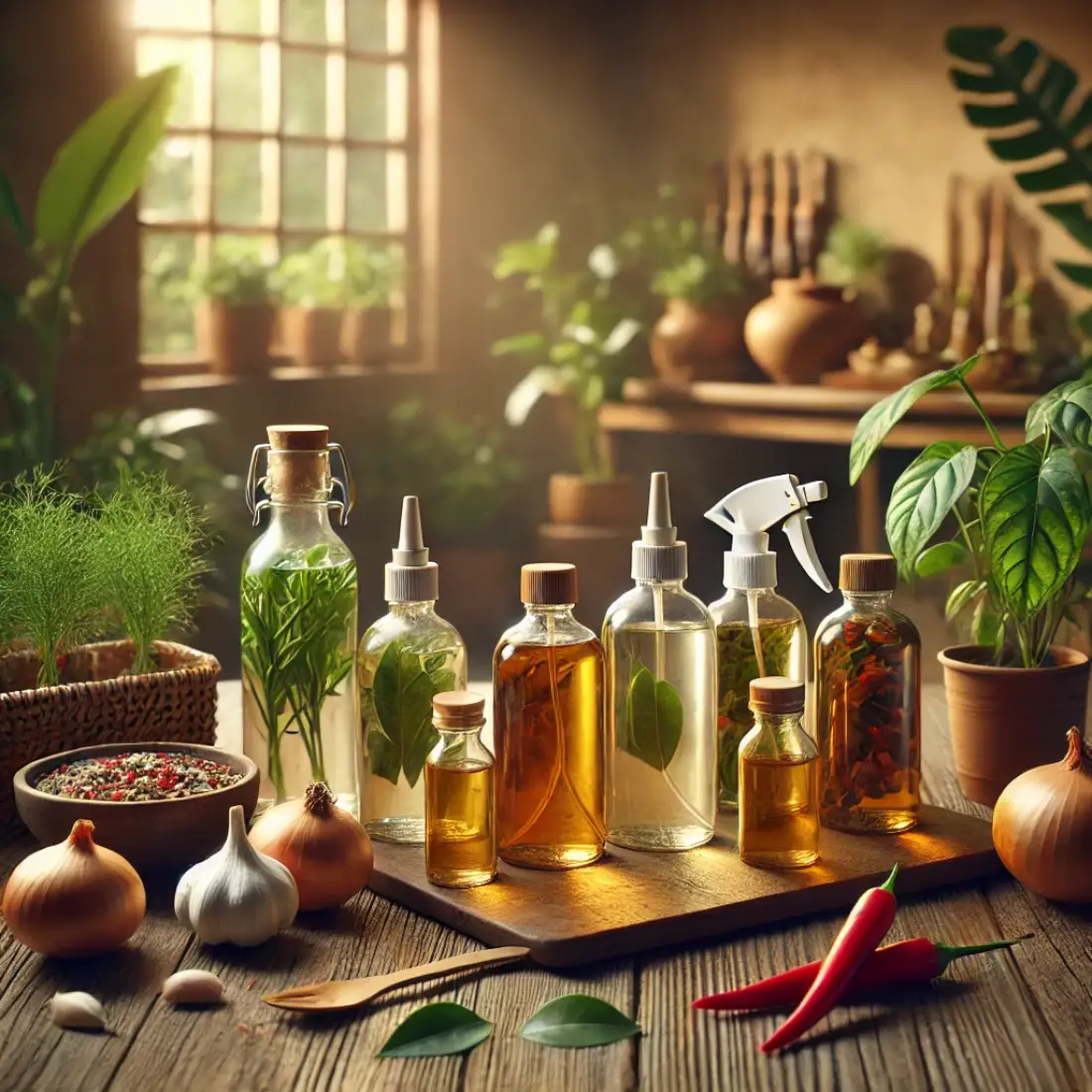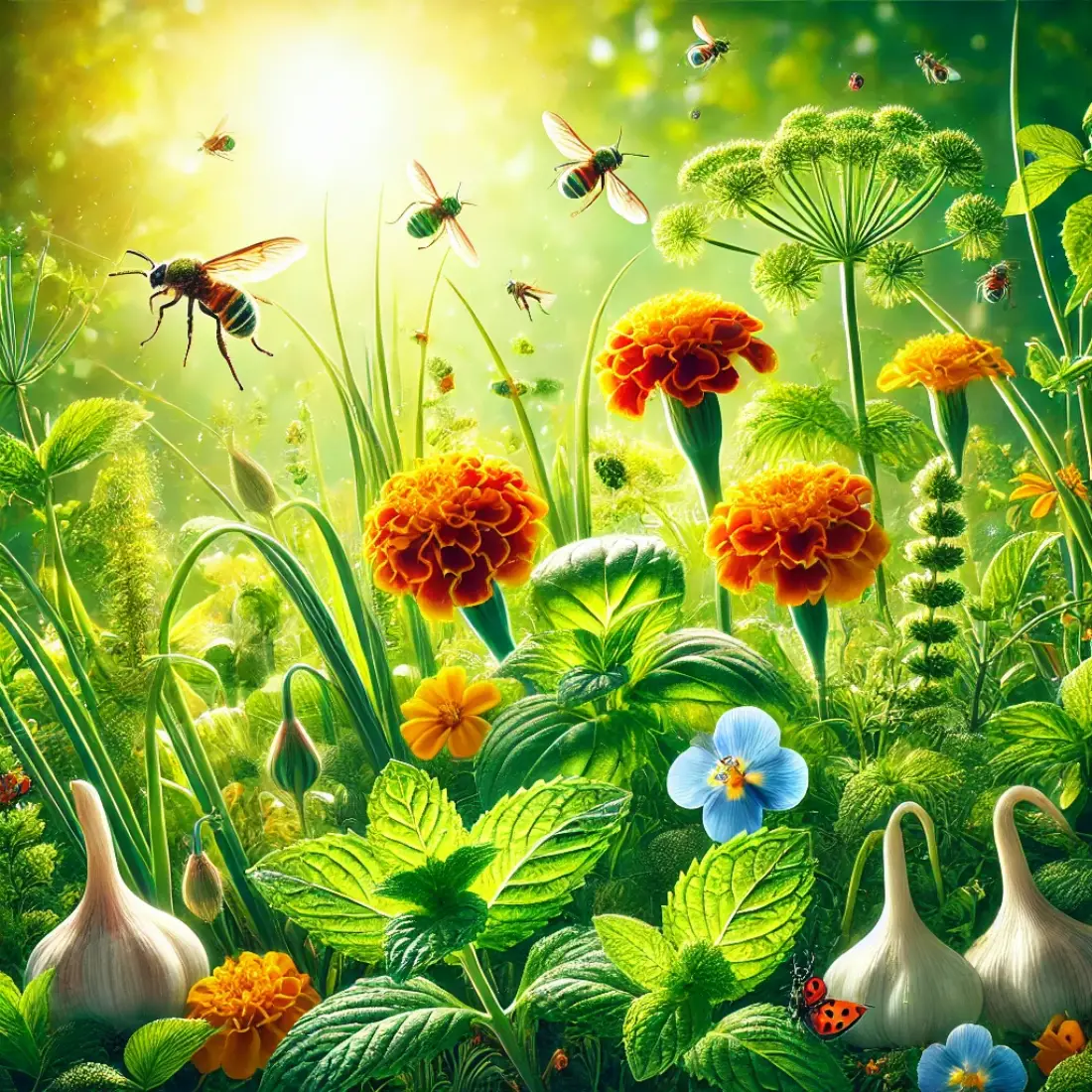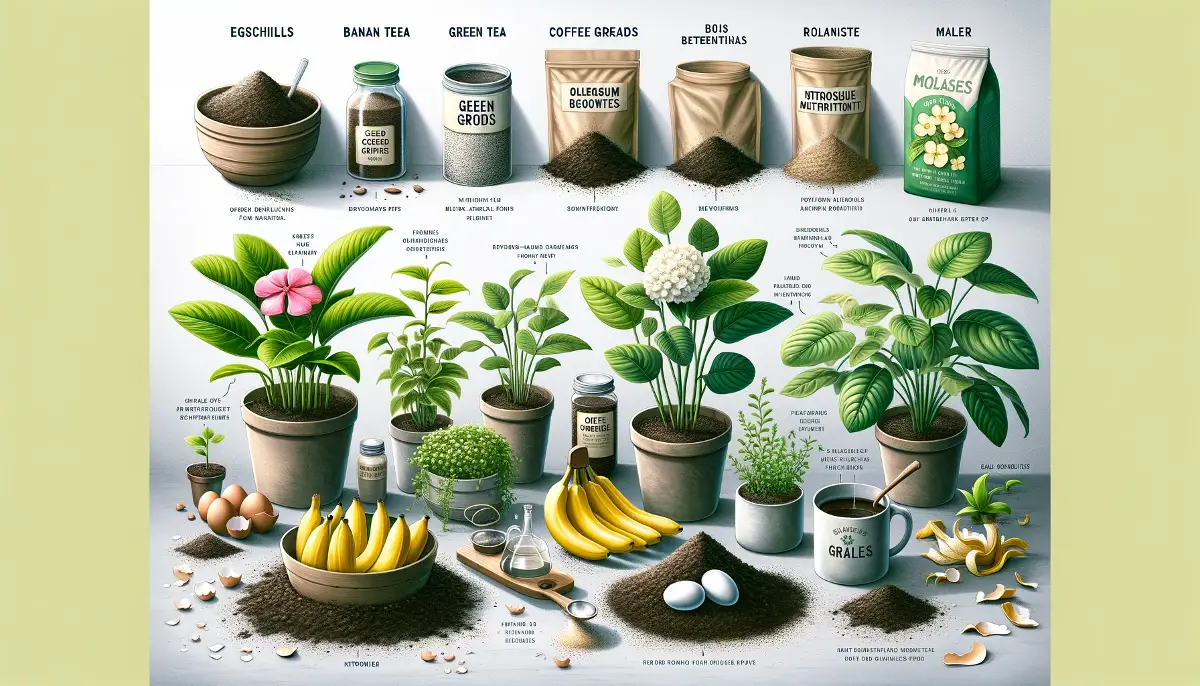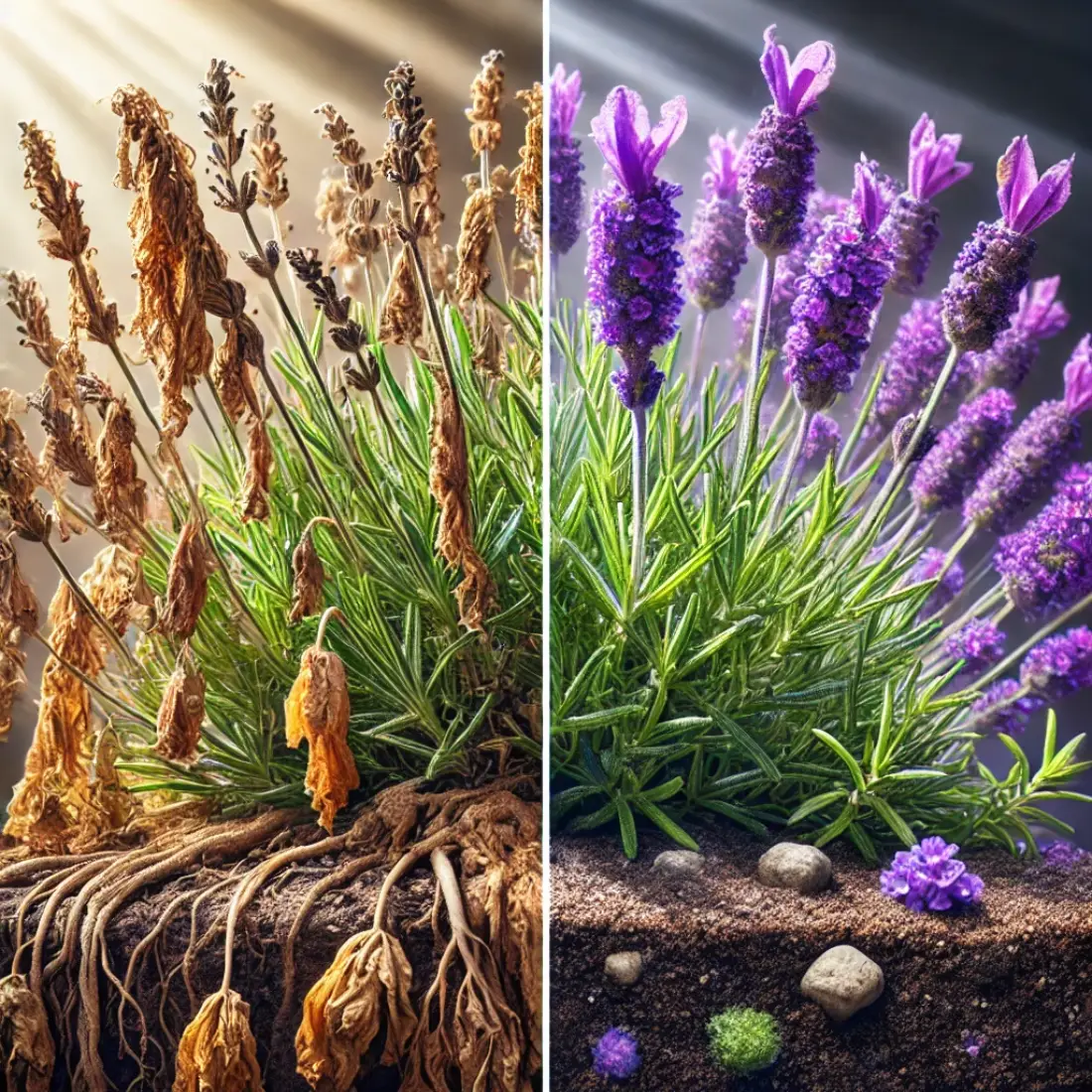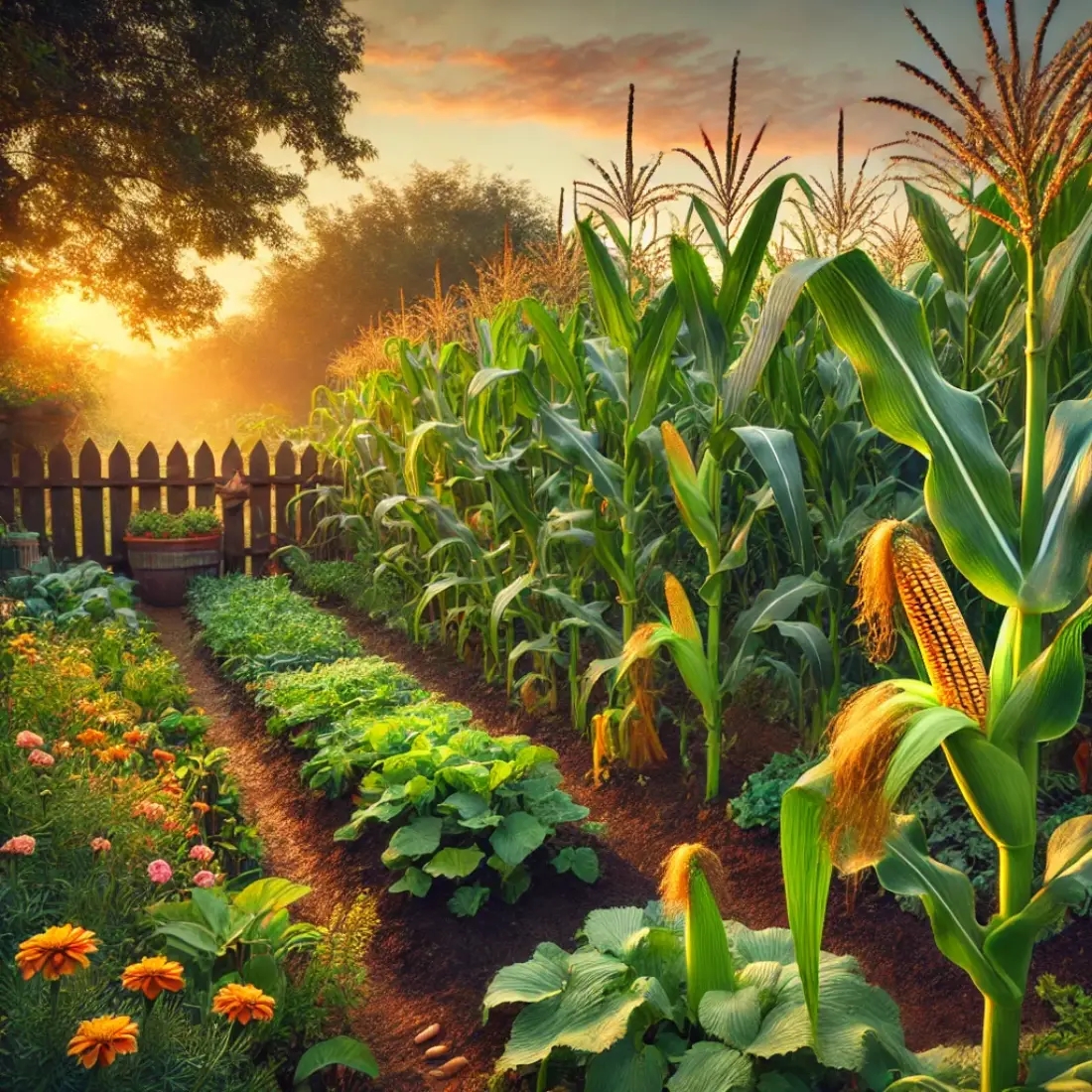Homemade fertilizers are a fantastic way to nourish your plants naturally, save money, and reduce waste. However, like any gardening practice, they come with common misunderstandings that can lead to less-than-ideal results.
The good news? When used correctly, homemade fertilizers can boost plant health, enrich soil, and improve sustainability. The key is to separate fact from fiction and apply them the right way.
Let’s bust some myths and make sure your homemade fertilizers work for you—not against you!
- Homemade fertilizers are effective when used with proper knowledge.
- Understanding soil needs helps maximize their benefits.
- More doesn’t always mean better—balance is key.
- Organic materials need time to break down, but they offer long-term soil health.
- Smart application prevents waste and enhances plant growth.
Myth 1: Homemade Fertilizers Are Always Safe for Plants
✅ The Truth: Homemade fertilizers are safe and effective when applied correctly!
Some gardeners worry that homemade fertilizers might harm their plants, but this only happens if they’re used improperly. For example:
- Fresh manure can be too strong and burn plant roots if not aged first.
- Compost tea is excellent but should be diluted to avoid overwhelming young plants.
- Certain ingredients (like citrus peels) may slightly alter soil pH but are harmless in moderation.
🌱 Best Practice:
- Compost materials properly before using them as fertilizer.
- Test on a small area first before widespread application.
- Dilute strong solutions like compost tea and manure tea.
🛠️ Pro Tip: Aged manure is a powerhouse for plants! Let it sit for a few months to remove excess ammonia and pathogens before applying.
Myth 2: Natural Ingredients Provide Perfect Nutrition
🌿 The Truth: Homemade fertilizers are rich in nutrients but should be balanced!
Organic fertilizers offer a wide range of nutrients, but each ingredient provides different benefits. For example:
- Banana peels supply potassium (great for flowering plants).
- Eggshells add calcium (essential for strong stems).
- Coffee grounds provide nitrogen (boosts leafy growth ).
However, relying on just one ingredient isn’t enough—plants need a mix of nutrients!
🌱 Best Practice:
- Combine materials to create a nutrient-rich blend (e.g., banana peels + coffee grounds = potassium + nitrogen).
- Add compost for a well-rounded, slow-release fertilizer.
- Observe plant growth to identify any deficiencies.
🛠️ Pro Tip: Try mixing crushed eggshells, banana peels, and compost for a simple, all-purpose homemade fertilizer!
Myth 3: More Fertilizer = Faster Growth
🚫 The Truth: Balanced feeding leads to the healthiest plants.
It’s tempting to think that adding more fertilizer will make plants grow bigger and faster, but too much can:
- Overload the soil, making it harder for plants to absorb nutrients.
- Encourage excessive leaf growth instead of fruiting/flowering.
- Attract pests if organic materials aren’t broken down properly.
🌱 Best Practice:
- Apply fertilizer every 2-4 weeks, depending on plant needs.
- Use mild homemade fertilizers regularly instead of overloading all at once.
- Check plant response—if leaves look too dark green and overly lush, scale back!
🛠️ Pro Tip: Compost tea once a month is often all your plants need!
Myth 4: All Organic Materials Decompose Quickly
⏳ The Truth: Organic fertilizers offer long-term benefits, but some need time to break down.
Unlike synthetic fertilizers, homemade options feed your plants slowly while improving soil health. Some ingredients decompose fast, while others take longer:
Breaks Down Fast:
✅ Coffee grounds ☕
✅ Banana peels 🍌
✅ Vegetable scraps 🥕
Takes More Time:
🕒 Eggshells (months)
🕒 Wood chips (years)
🕒 Citrus peels (several months)
🌱 Best Practice:
- Chop or grind materials for faster decomposition.
- Use composting to break down tough materials before applying.
- Layer slow-releasing fertilizers like crushed eggshells with fast-acting ones like compost tea.
🛠️ Pro Tip: Want quick results? Blend banana peels into a slurry before applying to plants for an instant potassium boost!
Myth 5: Homemade Fertilizers Are Always Eco-Friendly
🌍 The Truth: Organic fertilizers are sustainable, but smart application matters.
Using homemade fertilizers reduces chemical use, but it’s important to avoid waste and runoff. For example:
- Too much manure can wash away nutrients into local waterways.
- Dumping large amounts of food waste directly in the soil attracts pests instead of helping plants.
🌱 Best Practice:
- Apply fertilizers in small amounts to avoid runoff.
- Compost food scraps first to ensure safe nutrient release.
- Use mulch or cover crops to retain nutrients in the soil.
🛠️ Pro Tip: A compost bin makes sure nutrients stay in your garden without waste!
Myth 6: Household Waste = Instant Fertilizer
♻️ The Truth: Some kitchen scraps need processing before plants can use them.
Great for Gardening:
✅ Banana peels (potassium booster)
✅ Coffee grounds (acid-loving plants)
✅ Eggshells (calcium)
Needs Caution:
⚠️ Citrus peels (use in moderation, may alter pH)
⚠️ Large food scraps (compost first)
⚠️ Tea bags (check for synthetic materials)
🌱 Best Practice:
- Dry and crush eggshells before adding to soil.
- Compost large food scraps instead of burying them directly.
- Mix coffee grounds with compost rather than applying in thick layers.
🛠️ Pro Tip: Blending food scraps into a liquid before adding to soil speeds up nutrient absorption!
FAQs: 6 Myths About Homemade Fertilizers
Can homemade fertilizers replace store-bought ones?
Yes! Many gardeners successfully use only homemade fertilizers. However, for plants with specific nutrient needs, occasional supplementation with commercial organic fertilizers may help.
How can I tell if my plants need fertilizer?
Look for pale leaves, slow growth, or weak stems—these signs suggest nutrient deficiencies. Yellowing leaves? Might need nitrogen. Purple-tinged leaves? Could be a phosphorus deficiency.
How do I know if I’m over-fertilizing?
Signs include burned leaf edges, very dark green leaves, or stunted growth. Cut back and allow plants time to recover.

